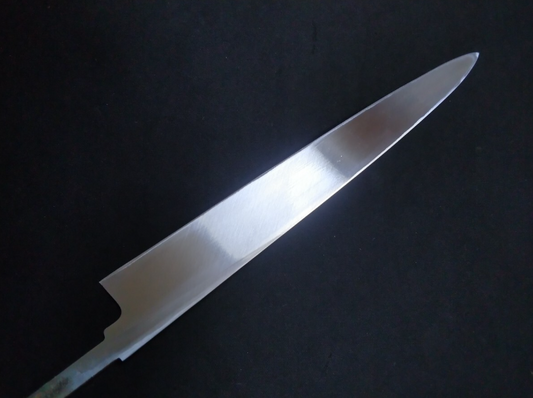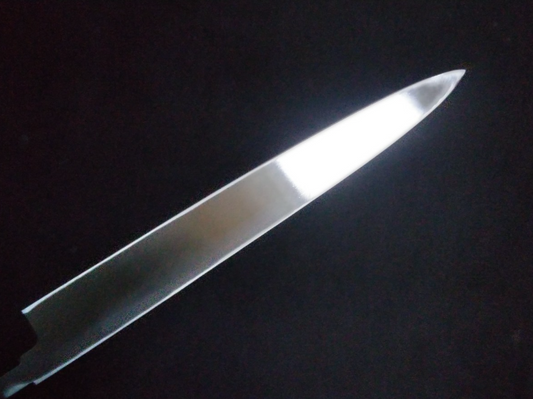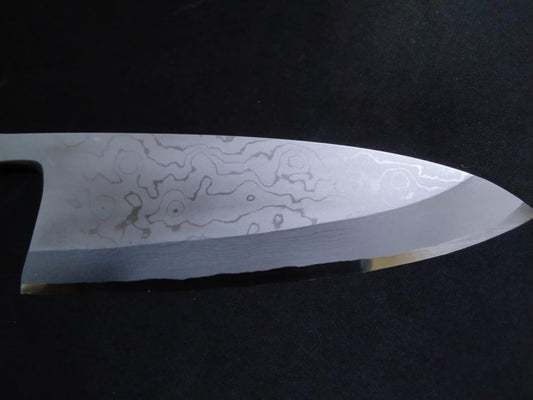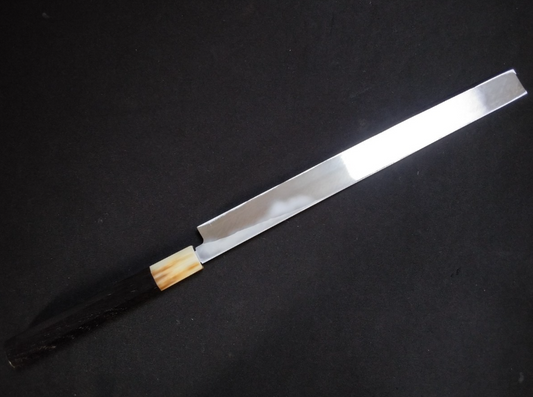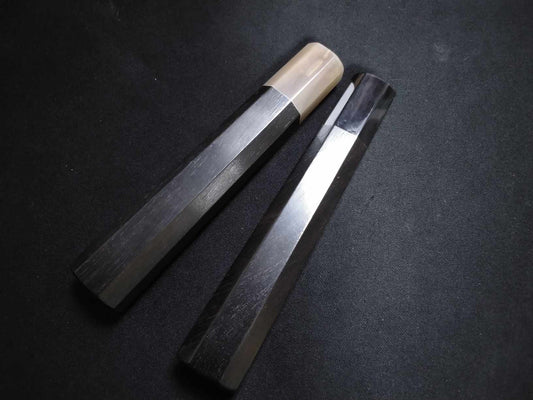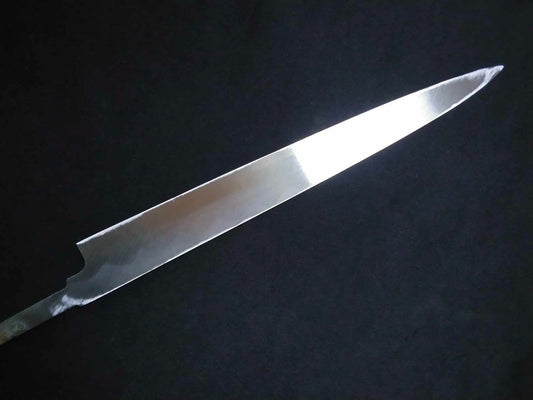
All Japanese Knives
-
-
Discover the Entire KIREAJI Collection
Experience the soul of Japanese craftsmanship with knives hand-forged in Sakai City — where 98% of Japan’s top chefs turn for their blades.
From seasoned chefs to passionate home cooks, find your perfect edge.
Tradition. Precision. Sharpness — in your hands.
-
All Japanese Knives from Sakai Collection
-
White Steel #2 KoDeba(Small Deba) 90mm-Mirror Polished(one side)
Regular price $220.00 CADRegular priceUnit price / per$0.00 CADSale price $220.00 CAD -

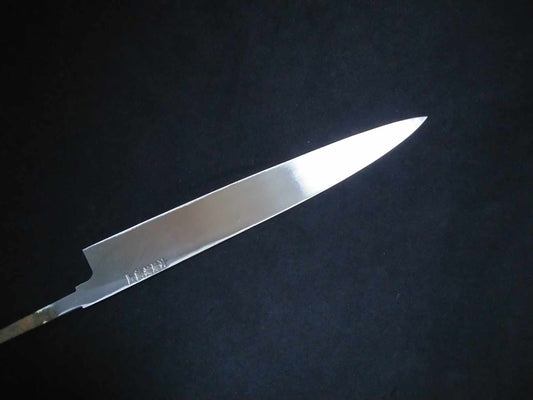 Sold out
Sold outWhite Steel #2 Yanagiba 210mm
Regular price $260.00 CADRegular priceUnit price / per$0.00 CADSale price $260.00 CADSold out -
White Steel #2 Yanagiba 240mm-Kido Finishing
Regular price $260.00 CADRegular priceUnit price / per -
Blue Steel #2 Yanagiba 240mm-Mirror Polished(one side)
Regular price $279.00 CADRegular priceUnit price / per$0.00 CADSale price $279.00 CAD -
Blue Steel #2 Yanagiba 270mm-Mirror Polished(one side)
Regular price $298.00 CADRegular priceUnit price / per$0.00 CADSale price $298.00 CADSold out -
White Steel #2 Yanagiba 270mm-Kido Finishing
Regular price $300.00 CADRegular priceUnit price / per -
Blue Steel #2 Deba 170mm- Kido Finishing
Regular price $320.00 CADRegular priceUnit price / per$0.00 CADSale price $320.00 CADSold out -

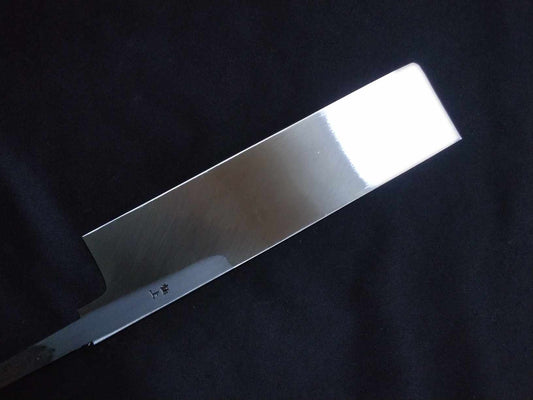 Sold out
Sold outWhite Steel #2 Usuba 210mm
Regular price $346.00 CADRegular priceUnit price / per$334.00 CADSale price $346.00 CADSold out -
White Steel #2 Damascus Deba 150mm-Mirror Polished Blur Finish
Regular price $346.00 CADRegular priceUnit price / per$0.00 CADSale price $346.00 CADSold out -
White Steel #2 Takohiki 270mm-Kido Finishing
Regular price $350.00 CADRegular priceUnit price / per -
Super Steel (Honyaki) Petty 180mm
Regular price $350.00 CADRegular priceUnit price / per$0.00 CADSale price $350.00 CAD -
Blue Steel #2 Yanagiba 270mm- Kido Finishing
Regular price $365.00 CADRegular priceUnit price / per$0.00 CADSale price $365.00 CADSold out
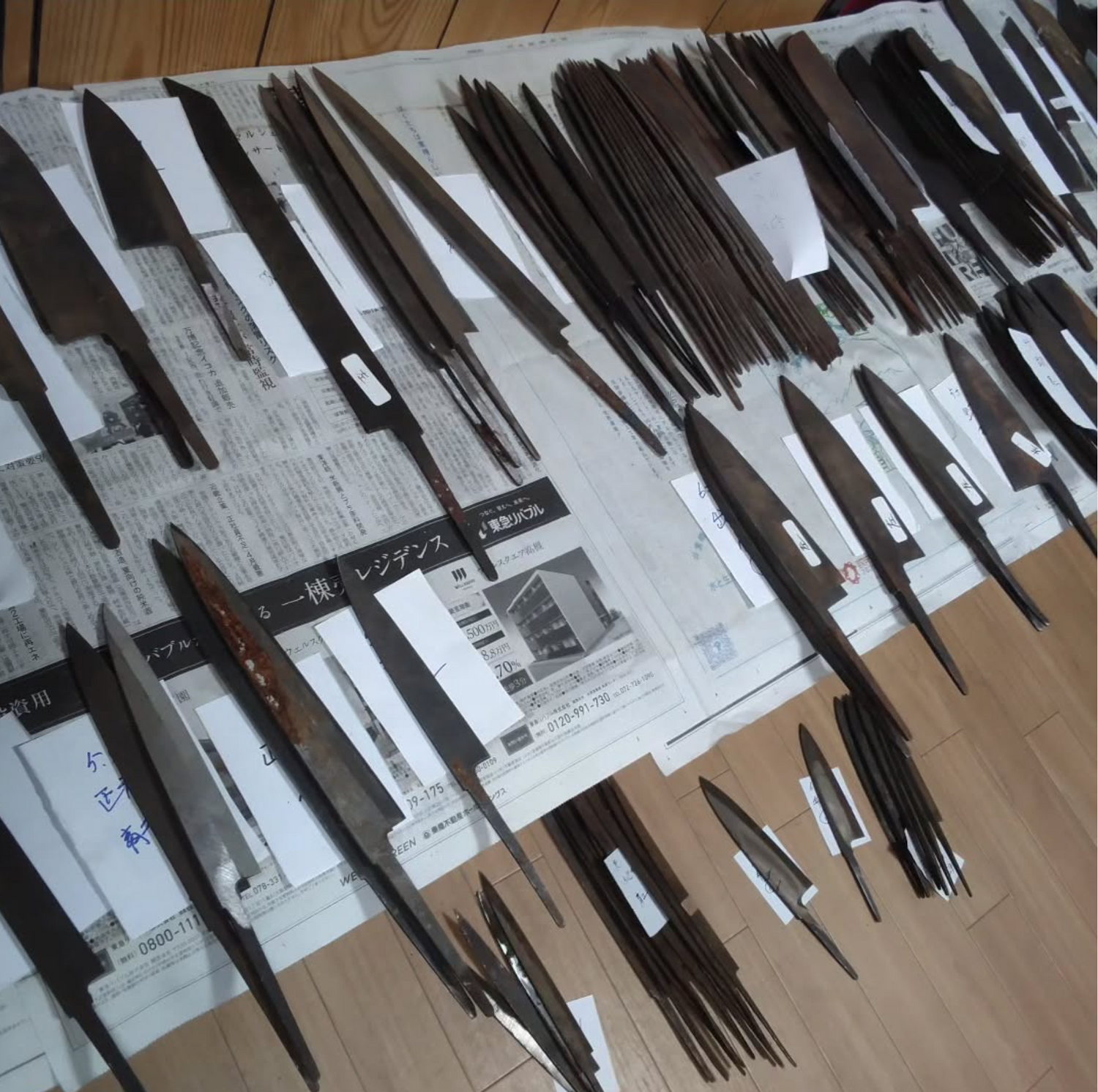
New Arrival Notice: Inherited Blades from a Retiring Blacksmith
From a blacksmith closing his forge, we’ve received a rare stock of hand-forged Blue Steel blanks—shaped with pine charcoal and time-honored skill.
They will now be entrusted to master sharpeners.
If you're seeking a specific type, steel, or size, please contact us.
At KIREAJI, we honor not just craftsmanship, but the tradition behind it.
KIREAJI's Three Promises to You
-

1. Forged in the Legacy of Sakai
In the hands of master artisans, each blade is born from over six centuries of Japanese knife-making heritage. Perfectly balanced, enduringly sharp, and exquisitely crafted—every cut carries the soul of true craftsmanship.
-

2. Thoughtful Care for Everyday Use
Each knife comes with a hand-fitted wooden saya for safe storage. Upon request, we provide a complimentary Honbazuke—the traditional final sharpening—so you can enjoy effortless performance from day one.
-

3. A Partnership for a Lifetime
A KIREAJI knife is more than a tool—it is a lifelong companion. Through our bespoke paid aftercare services, we preserve its edge and grace, so it remains as precise and dependable as the day it first met your hand.
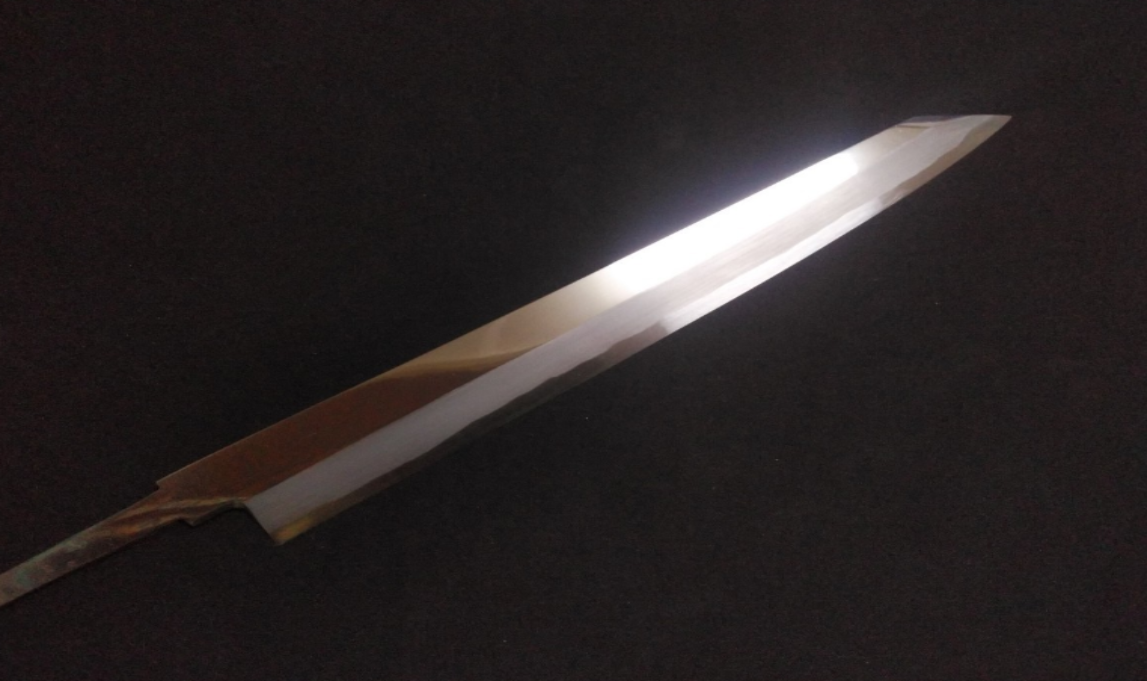
Why Many Product Photos Show Only the Blade
At KIREAJI, every knife is Made to Order.
That means your knife is completed — handle attached and final adjustments made — only after you place your order, by skilled artisans in Sakai, Japan.

Global Delivery from Sakai
Across the world, discerning customers seekgenuine Japanese knives crafted in Sakai.
At KIREAJI, we work alongside the master artisans of Sakai to fulfill that desire — shipping authentic Japanese knives straight from Sakai to kitchens around the globe.
Why Is Sakai City Famous for Knives?
-
Discovering the Hidden Legacy Behind Japan’s Cutlery Capital
When people think of world-class knives, they often imagine German or French brands. But in Japan, there's one small city that has quietly earned a global reputation among chefs and knife collectors alike: Sakai City, located just south of Osaka.
So what makes this unassuming city the heart of Japanese knife-making?
-
A Legacy Forged in History
From ancient iron tools to modern kitchen masterpieces
Sakai's knife-making roots date back over 1,600 years, beginning in the Kofun period, when iron tools were first produced for building massive burial mounds. Over centuries, these blacksmithing skills evolved—and during the Edo period (1603–1868), Sakai became nationally renowned for crafting specialized knives to cut tobacco leaves. These so-called “tobacco knives” required extraordinary precision and durability, setting a new standard for quality.
This was the birth of Sakai Uchihamono—Sakai-forged blades—and it marked the beginning of the city’s reputation as a top-tier cutlery producer.
-

Samurai Roots: The Influence of Swordsmiths
The spirit of the katana lives on in today’s kitchen knives
Sakai’s knife-making tradition is deeply connected to Japan’s samurai sword culture. After the decline of the samurai era, many swordsmiths redirected their craft from making katanas to producing high-quality kitchen knives.
Their meticulous forging techniques—such as folding steel for strength and conducting precise heat treatments—were passed down through generations. This heritage of craftsmanship remains the backbone of Sakai’s knife industry today.
-

A Culture of Generational Craftsmanship
Mastery passed down through families, not factories
Unlike mass-produced knives from large factories, Sakai’s blades are created by specialized artisans, often in small family-run workshops. Many craftsmen are part of a system where each knife passes through separate experts: one for forging, another for sharpening, and another for attaching the handle.
These skills are passed down over generations, often from parent to child, preserving not just the technique but also the pride and philosophy behind each blade. This is what gives Sakai knives their soul—a rare blend of history, human touch, and relentless pursuit of perfection.
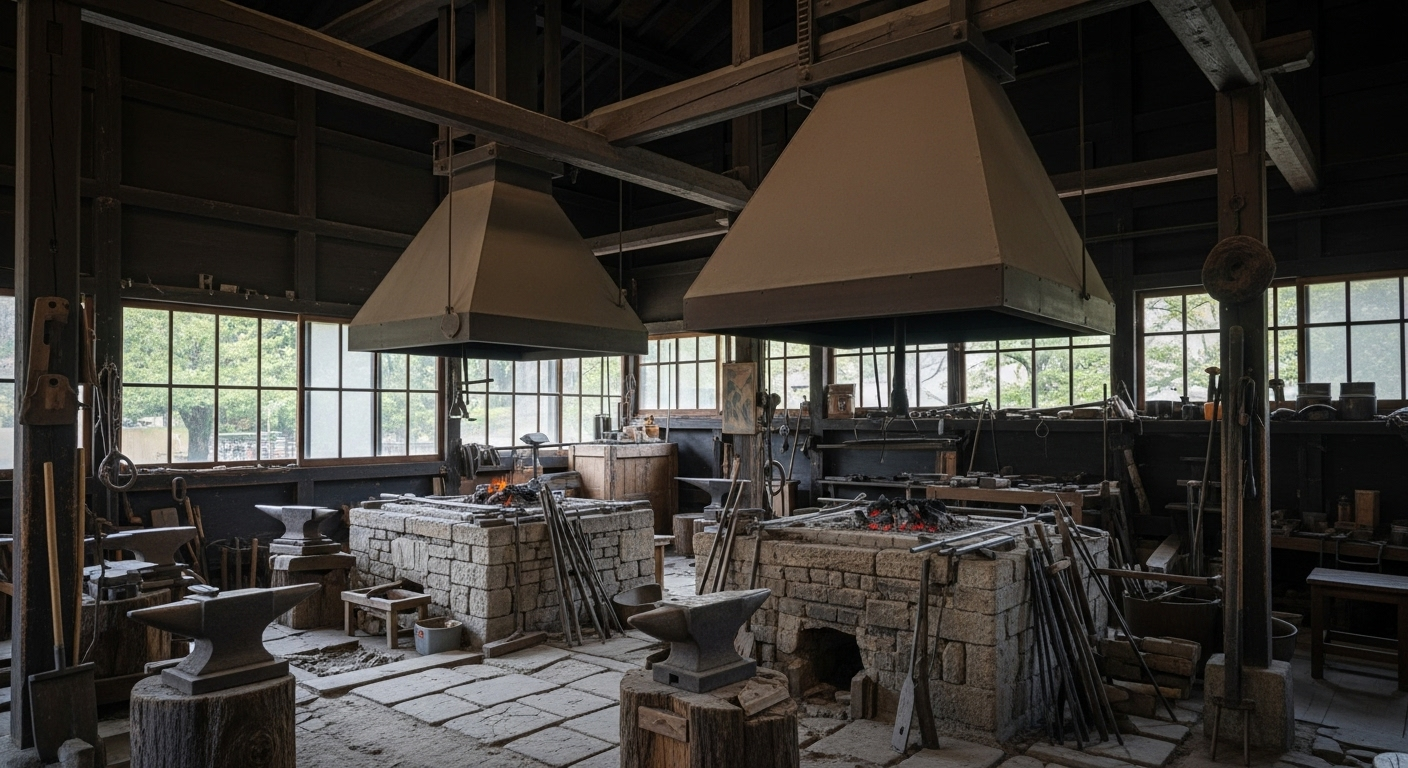
FAQ About Sakai Knives
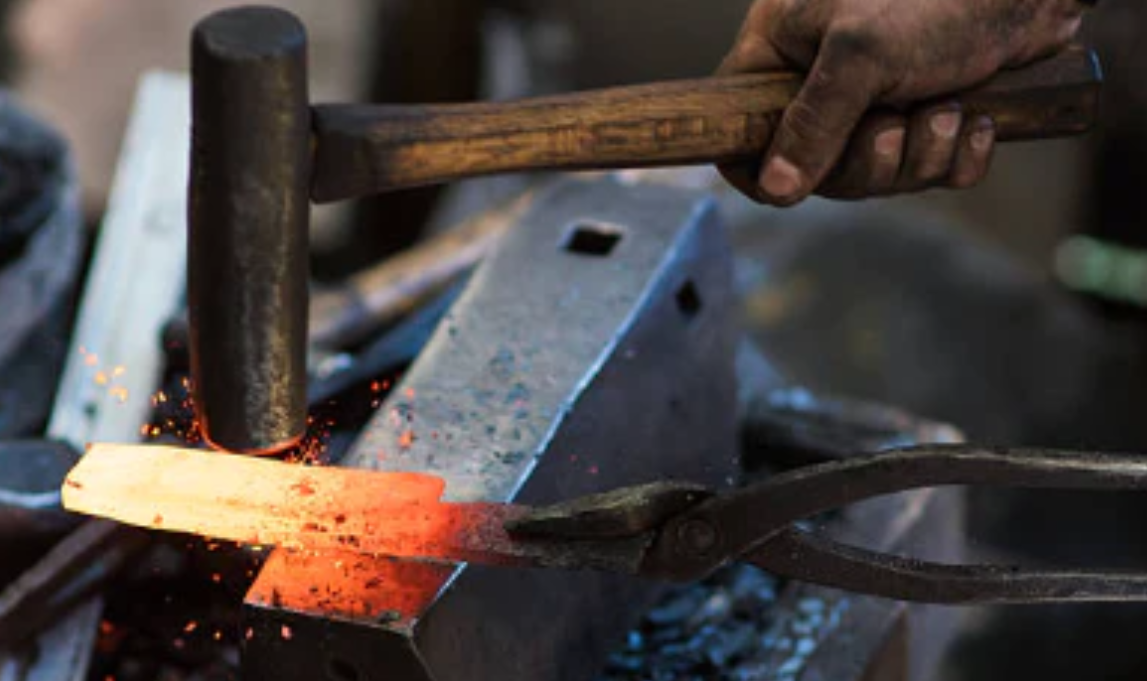
01. What makes Sakai forged knives special?
Sakai forged knives are trusted by professional chefs worldwide for one simple reason — exceptional sharpness and quality.
These knives are made using a time-honored forging process that combines hard steel for a sharp edge with softer iron for flexibility. The result? A blade that's not only razor-sharp, but also strong, durable, and resistant to chipping.
Behind this quality lies over 600 years of tradition from Sakai City, Japan, where generations of artisans have perfected their craft — from blacksmithing to sharpening to handle-making.
02. Why are Sakai knives so sharp?
The secret lies in the forging process and the unique single-bevel design. By combining hagane (hard steel) and jigane (soft iron) and carefully shaping the blade by hand, Sakai artisans create knives that glide effortlessly through food, preserving flavor and texture.
03. Why do professional chefs rely on Sakai knives?
In Japanese cuisine, precision is everything. That's why chefs turn to Sakai knives — for their unmatched sharpness, perfect balance, and superior craftsmanship. Every knife reflects the expertise of specialized artisans who focus solely on forging, sharpening, or handle-fitting.
04. What challenges does the Sakai knife industry face?
Despite its proud history, the Sakai knife industry faces a shortage of young craftsmen. With fewer people entering the trade, preserving these traditional skills is a growing concern for the future.
05. How significant is Sakai's presence in the knife market?
Sakai is one of Japan's three major knife-producing regions and holds a dominant position in the professional chef market. In fact, it's estimated that around 90% of Japanese cuisine chefs in Japan use Sakai knives.
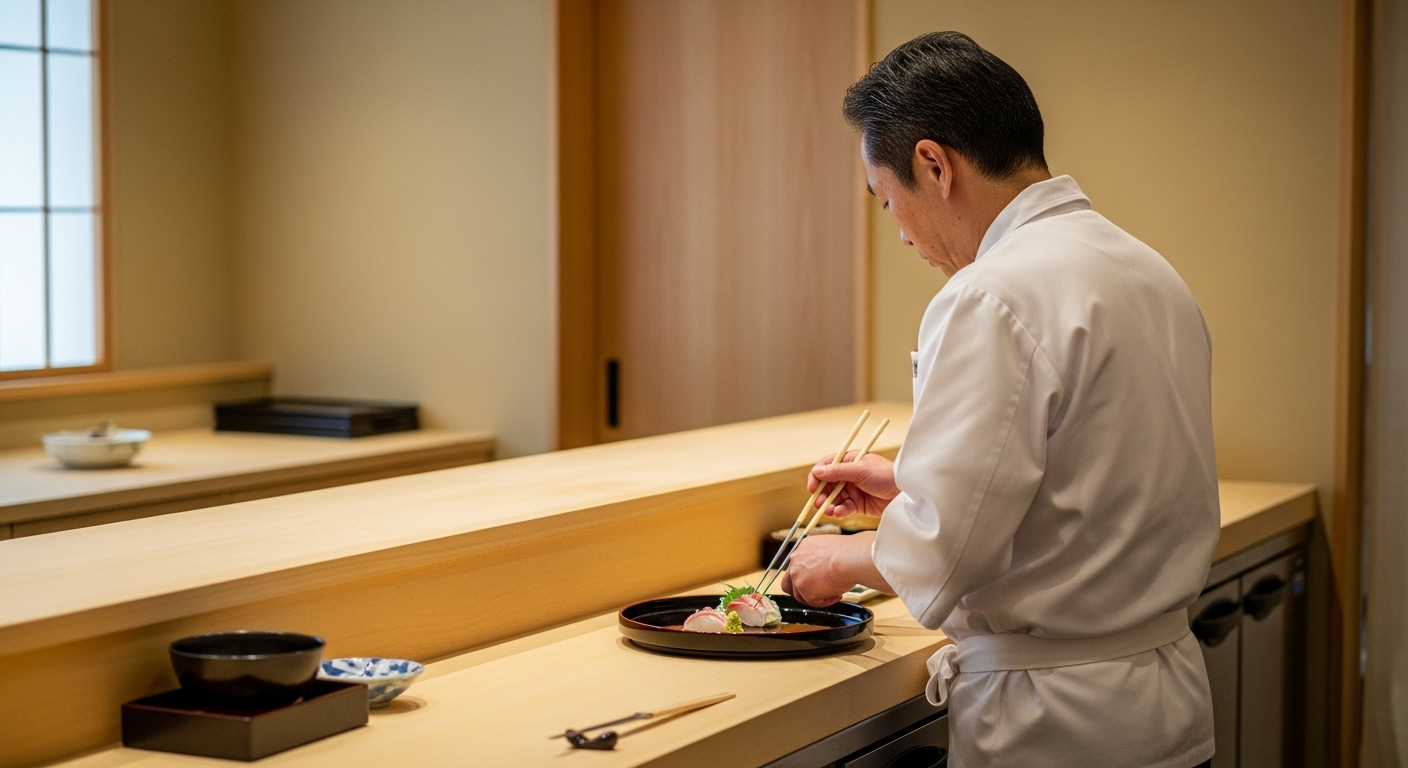
Why do 98% of Japanese Chefs Use Knives from Sakai?
The secret lies in Sakai’s division of labor and fully handcrafted process.
This feature explores the tradition and artisan culture behind Japan’s most trusted knives.
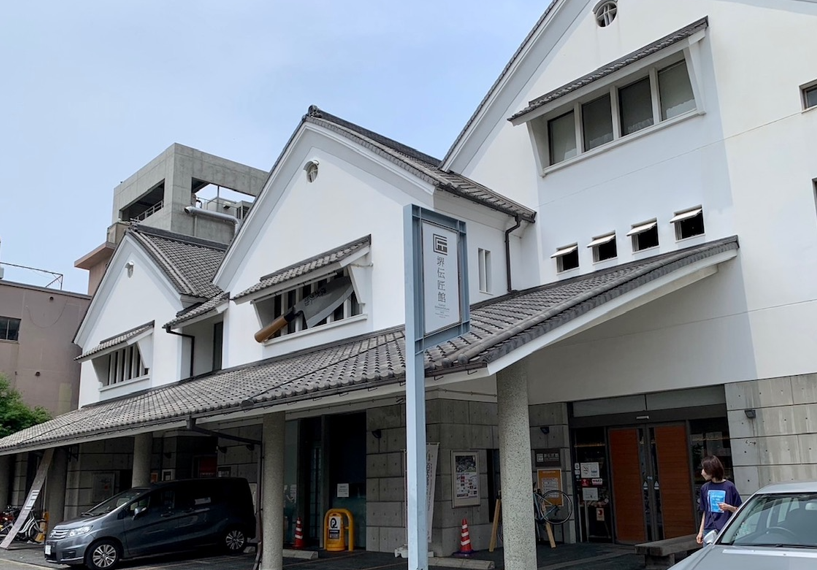
The 98% Statistic: A Trusted Source
The Sakai Tourism Bureau states that "98% of Japanese chefs use Sakai knives" in their articleAppeal of World Renowned Sakai Knives. This claim underscores the enduring reputation of Sakai craftsmanship.

Sakai Uchihamono: The Ultimate Sharpness and Craftsmanship Forged by 600 Years of History
Sakai Uchihamono reflects a legacy of exquisite craftsmanship, embodying the art and tradition of blade-making in Sakai City through meticulous forging, sharpening, and handle attachment processes.

Sakai's Declining Japanese Knife Craftsmen
Sakai's esteemed cutlery tradition, renowned for its sharpness and craftsmanship, is at risk with only a dozen blacksmiths remaining. Facing competition and declining interest, strategies such as exploring new markets and fostering youth interest are vital for survival. This situation underscores a broader challenge in cultural preservation. Supporting Sakai’s craftsmen is crucial to maintaining this legacy.

Sakai's Expensive Knives Enhance Their Value in the Overseas Market for Several Reasons
Sakai's expensive knives hold significant value in the overseas market for several reasons. Celebrated for their masterful craftsmanship, these knives represent a blend of tradition, quality, and cultural heritage, making them a coveted choice among culinary professionals and enthusiasts.
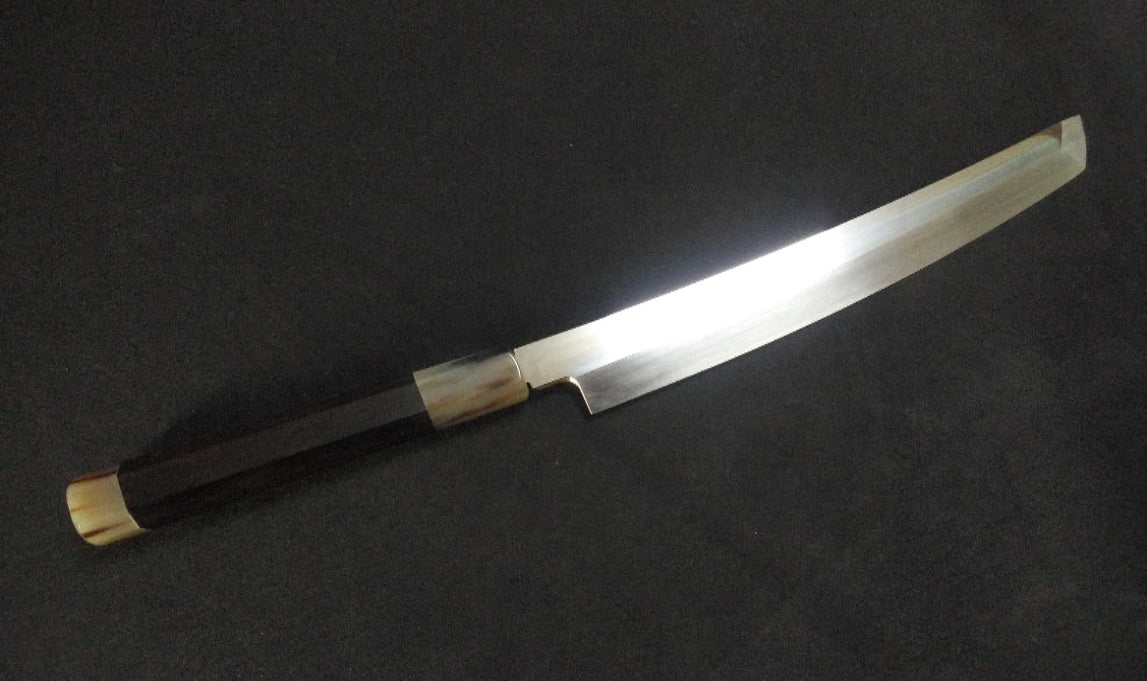
Sakai Uchihamono
Recognized as a Traditional Craft by Japan’s government in 1982, Sakai Uchihamono represents centuries of expert forging and cultural heritage from the city of Sakai.
The Origin of Craftsmanship
-
The Ultimate Japanese Blade: 600 Years of Tradition
-
The knives we create carry the legacy of 600 years of tradition from Osaka and Sakai. Through countless trials and errors over this long history, the shape of the blade, the properties of the steel, and the techniques of sharpening have reached the ultimate level. For today's chefs, the reason Sakai knives are chosen is not just because they cut, but because of their stability and long-lasting sharpness.
-
Heating the steel, hammering it, cooling it, and sharpening it — each process is done by hand, with the blacksmith pouring their soul into every step. It is this craftsmanship that gives the knife razor-sharpness and durability, making each use a true joy for the chef. By preserving this tradition and embedding it into our knives, we bring 'authenticity' into the hands of chefs. This is the pride of us Sakai blacksmiths.
How Japanese Knives Are Made: The Sakai Tradition
VIDEO PROVIDED: JAPAN TRADITIONAL CRAFTS AOYAMA SQUARE (YOUTUBE)
-
Sakai Forged Blades — A Tradition Honed to Perfection
Loved by chefs around the world and trusted by 98% of professionals in Japan, Sakai knives are renowned for their unparalleled sharpness and craftsmanship.
-
At KIREAJI, we partner directly with the Shiroyama Knife Workshop in Sakai, Japan — and ship each blade straight from the workshop to kitchens across the globe.
No middlemen. No mass production. Just genuine, master-crafted knives, delivered with pride and precision.






